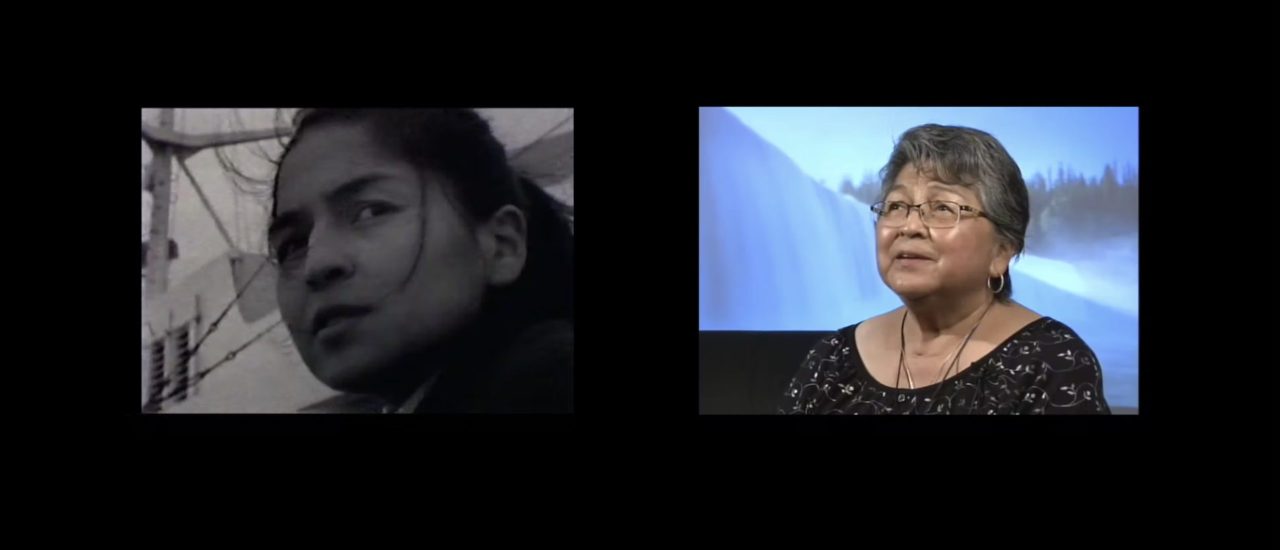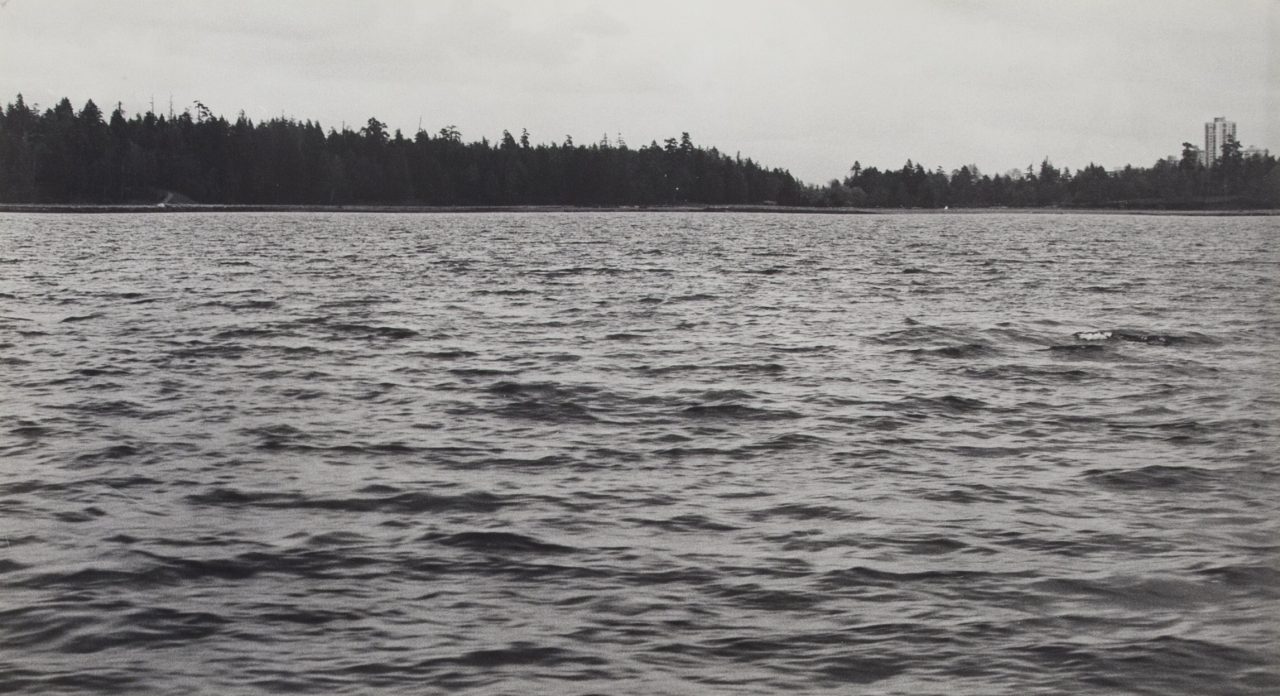Artist Talk: Melinda Mollineaux
-
Melinda Mollineaux
ArtistMelinda Mollineaux (Canadian, b. 1964) is a visual artist who investigates Blackness, the diaspora and visibility in her artistic practice. Born in London, England, her parents migrated from Trinidad to Britain in the 1950s and settled in Lethbridge, AB in 1981. Mollineaux explores identities formed in the Black diaspora, bringing forth its invisible qualities through pinhole photography and ceramics. Focused on time and presence, she foregrounds her own body through the process of slow photography to call attention to the erasure of Black people within Canadian cultural discourses. Mollineaux received a BA from Simon Fraser University and an MFA in photography from the University of Victoria. She was active in Vancouver’s artist-run centres and was co-editor of Boo Magazine in the 1990s. Mollineaux works at the Canada Council for the Arts as a Policy and Planning Officer, prior to which she held roles as Program Officer and Equity Coordinator; in the latter role, Mollineaux oversaw cultural diversity-related policies and initiatives, ensuring visible minority artists and organizations have equal access to the Council’s funding programs.
Read More
Melinda Mollineaux’s Cadboro Bay: Index to an Incomplete History (1998/2021) presents photographic fragments of a site on Vancouver Island where Emancipation Day picnics were held every August 1. The accompanying text includes names and actions of individuals who participated in Emancipation Days, alongside the word Sungayka, the Lekwungen Cheko’nein ancestral name of Cadboro Bay. In this artist talk that took place during the exhibition Start Somewhere Else: Works from the Collection, Mollineaux discusses the visibility and erasures of Black lives and communities at Sungayka, her use of pinhole photography and how Cadboro Bay continues to resonate through recent renewed interrogations into Canada’s erasure of Black history.
For a transcript of this recording, please contact us.
Image (above): Melinda Mollineaux, Cadboro Bay: Index to an Incomplete History (detail), 1998/2021. Collection of the Morris and Helen Belkin Art Gallery, purchased with support from the Canada Council for the Arts and the Morris and Helen Belkin Foundation, 2021
-
Melinda Mollineaux
ArtistMelinda Mollineaux (Canadian, b. 1964) is a visual artist who investigates Blackness, the diaspora and visibility in her artistic practice. Born in London, England, her parents migrated from Trinidad to Britain in the 1950s and settled in Lethbridge, AB in 1981. Mollineaux explores identities formed in the Black diaspora, bringing forth its invisible qualities through pinhole photography and ceramics. Focused on time and presence, she foregrounds her own body through the process of slow photography to call attention to the erasure of Black people within Canadian cultural discourses. Mollineaux received a BA from Simon Fraser University and an MFA in photography from the University of Victoria. She was active in Vancouver’s artist-run centres and was co-editor of Boo Magazine in the 1990s. Mollineaux works at the Canada Council for the Arts as a Policy and Planning Officer, prior to which she held roles as Program Officer and Equity Coordinator; in the latter role, Mollineaux oversaw cultural diversity-related policies and initiatives, ensuring visible minority artists and organizations have equal access to the Council’s funding programs.
Read More
Related
-
Exhibition
17 Jun – 14 Aug 2022
Start Somewhere Else: Works from the Collection
 [more]
[more]Start Somewhere Else: Works from the Collection centres around Krista Belle Stewart's video installation Seraphine, Seraphine (2015) to consider doubling – and duplicities – in personal and historical narratives. Through an interest in the archive and how stories are told between the individual and institutional, Stewart's practice takes up the complexities of intention and interpretation made possible by archival material.
-
Event
Saturday, 18 Jun 2022 at 2 pm
Curators’ Tour: Start Somewhere Else with Melanie O’Brian and Krista Belle Stewart

Join curators Melanie O'Brian and Krista Belle Stewart for a tour of Start Somewhere Else: Works from the Collection, which centres around Stewart's video installation Seraphine, Seraphine (2015) to consider doubling – and duplicities – in personal and historical narratives. O'Brian and Stewart will walk through the exhibition and offer insights into the themes, conversations and points of resonance between Stewart's and the other works drawn from the Belkin's permanent collection.
[more] -
News
14 Jun 2022
Reading Room: Start Somewhere Else

Start Somewhere Else: Works from the Collection centres around Krista Belle Stewart’s video installation Seraphine, Seraphine (2015) to consider doubling – and duplicities – in personal and historical narratives. Connecting to Stewart’s questioning of authorial representation and intention versus interpretation of archival materials, Start Somewhere Else considers how stories are told between the individual and institution. The list below includes readings expanding on themes and ideas in the exhibition that were compiled by graduate and undergraduate researchers at the Belkin.
[more] -
Event
Artist Talk: Marian Penner Bancroft

Marian Penner Bancroft's Two Places at Once (1983) presents a set of photographed landscapes across silver gelatin prints and an artist book. In this artist talk that took place during the exhibition Start Somewhere Else: Works from the Collection, Bancroft discusses the ways the work speaks to place, dreams, personal and family histories and connections between near and far.
[more]